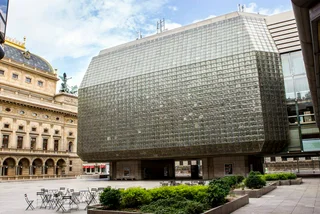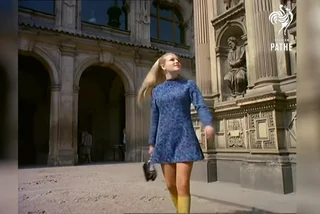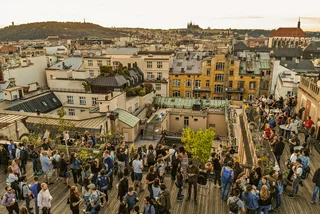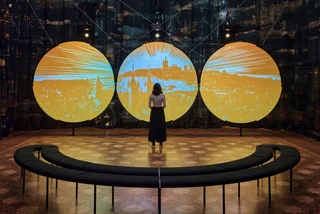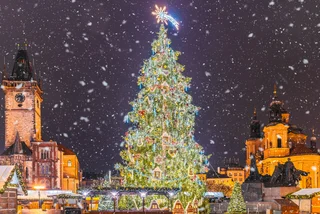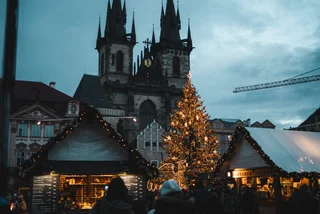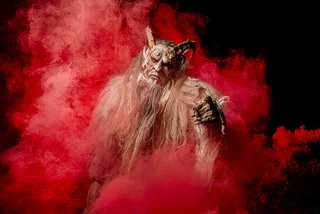One of Prague’s iconic spaces is celebrating its 100th anniversary, though due to current restrictions the space is sadly all but closed. Palác Lucerna, just off of Wenceslas Square, was built between 1907 and 1921.
The space was a break from the architectural past. The décor embraced the then-new Art Nouveau style to make a showcase for leisure with shops and theaters protected from the outside elements. The overall purpose-built one-stop shopping and entertainment concept looks forward to the later development of shopping malls.
Lucerna is the Czech word for “lantern,” and images of a lantern are a decorative theme that united the space. They can still be seen at the entrance and in the cinema, as well as in other places.
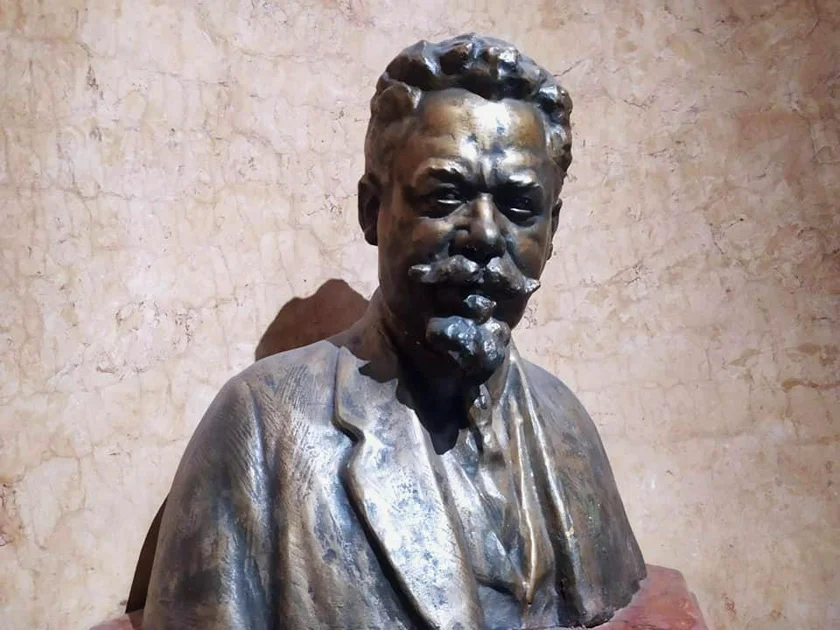
Curious people may have noticed two odd busts displayed in the entrances to the cinema and on the stairs of the Great Hall (Velký sál). They are of Vácslav Havel. The odd spelling of the first name is correct. The busts give 1920 as the end of construction, possibly since the Great Hall opened in December 1920.
Most sources agree that work on it continued into 1921. Vácslav Havel died Sept. 6, 1921, at the age of 60, just after seeing his life’s dream come to fruition.
The bust in the Great Hall, by Jan Štursa, is the original and the one in front of the cinema is a copy.
Engineer and entrepreneur Vácslav Havel was not only the driving force behind creating Lucerna, he was also the grandfather of the late Václav Havel, the playwright and Czech president.
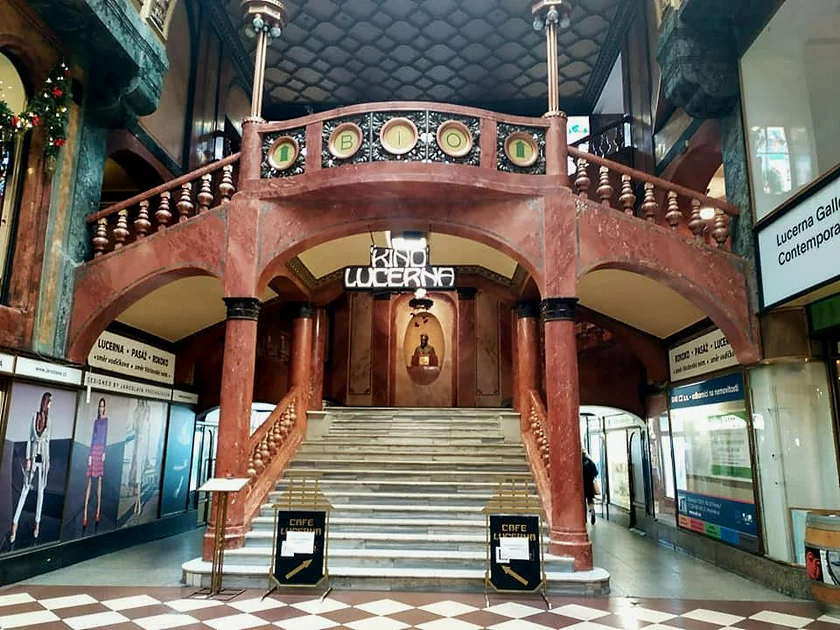
Since 1991, the complex has been back in the hands of the Havel family. It is currently owned by the Dagmar Havlová, the wife of Václav’s brother Ivan. (She is not the actress of the same name who is the late president’s widow.)
Since 1976 the three-building complex of Palác Lucerna along with the connecting Palác Rokoko and Ledový palác (Ice Palace) on the corner of Štěpánská and Wenceslas Square has been protected as cultural heritage. Lucerna on its own has been listed as a National Cultural Monument since 2017. Palác Rokoko and Ledový palác, both with Art Deco and Cubist details, are the work of architect Emil Králíček.
While people generally refer to the all interconnected passages in these buildings and others next to them collectively as Lucerna pasáž (passage), actually only the central part that connects Vodičkova and Štěpánská streets is Lucerna pasáž. The one extending from the cinema stairs to Wenceslas Square is Pasáž Rokoko, and the one going perpendicular to V Jámě Street is Pasáž U Nováků.
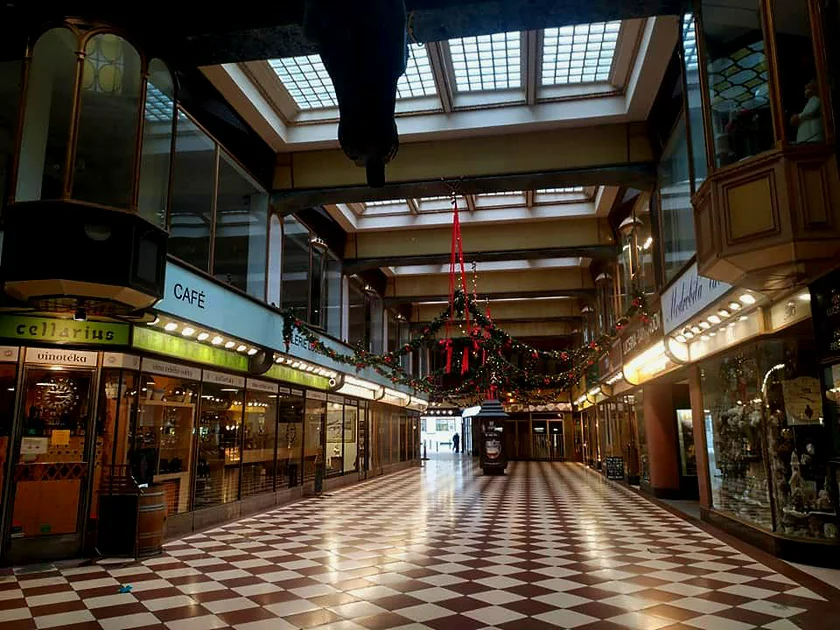
Vácslav Havel was a self-made man who set up a company for the construction and sale of apartment buildings. He created the designs, but since he never finished his formal studies, he had to have an experienced engineer, Josef Čamský, as his partner.
🌟 Customer Care Specialist FR – Prague 🌟

Financial Reporting & Analysis Specialist

Čamský participated in the design of the early construction phase of Lucerna. Havel finally got his engineering title in 1917, and was then able to put his own name on his designs.
Havel in 1905 began looking for a space to fulfill his then-futuristic vision of a multi-purpose building for the newly affluent middle class to relax and spend their money. Offices and apartments would took up the rest of the seven-story building. Havel would sell his interests in many of his other buildings to raise the funds to concentrate on his Art Nouveau vision.

Havel bought two buildings on Vodičkova Street so he could get the land he needed. He then got a building permit in 1907 so he could start construction on the lots. A new method of reinforced concrete was used for the structure of the building. The facade on Vodičkova Steet is likely by Osvald Polívka, who worked with Havel on several other projects.
Part of the building was already in use by 1909, and the first phase of construction was done by 1911. What is now the cinema opened as a live theater. Original decorations of theatrical masks can still be seen in the auditorium.
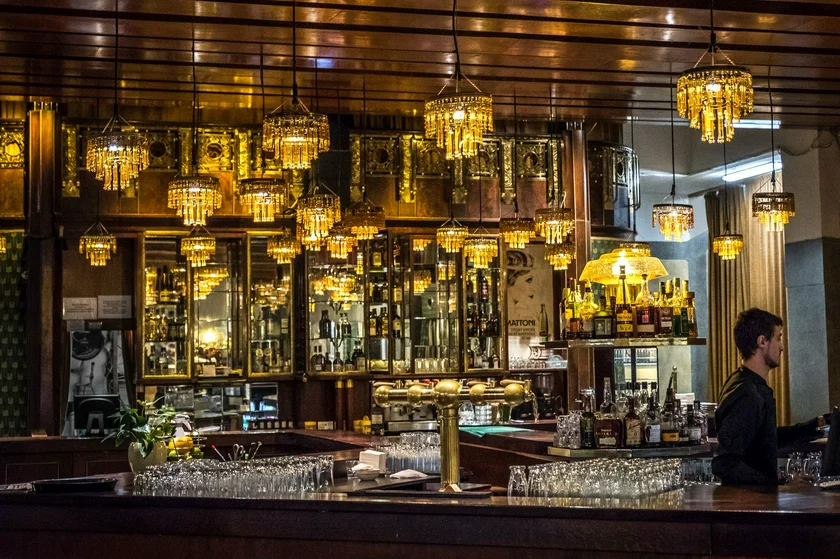
The theater space after just a few months was transformed into a cinema, which opened Dec. 3, 1909. It is the oldest continuously operating cinema in what is now the Czech Republic, and one of the oldest in Europe. It was also the first cinema in the country to be converted to handle sound films.
What now serves as the cinema’s cafe was originally a foyer and cloak room. Innovative heating, hidden behind a curtains of brass panels, can be seen in the cafe.
A second, much smaller cinema screen opened in 2013. It had been created as a private screening room for film producer Miloš Havel, who was one of the sons of Vácslav and the uncle of the late president. The screening room, now with 51 seats, had been larger before renovations in the communist era.
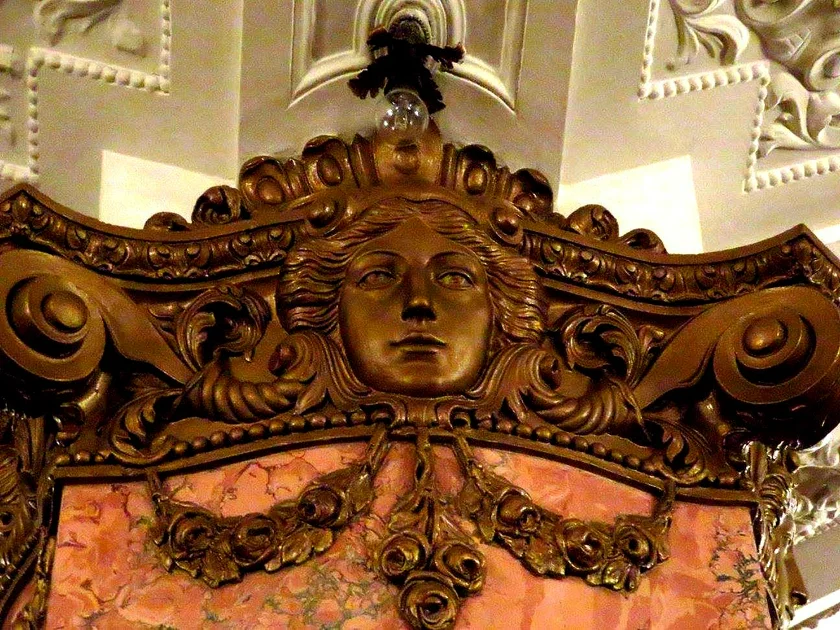
What is now the Lucerna Music Bar began its life as a cabaret, which explains the semi-circular stage and narrow layout. Many top entertainers of the first half of the 20th century played there, including screen actor Vlasta Burian and the comedy team of Voskovec and Werich.
Another building permit was issued in 1913 to allow for Palác Lucerna to be expanded all the way to Štěpánská street. This phase of construction stretched out to 1921, due to delays caused by World War I.
It was during this time that the shopping passage going through from one street all the way to another was created. It was the first of its kind in the country. The adjoining arms of the passage were added later.
The Great Hall, one of the last parts to be finished, was originally supposed to be an indoor hockey arena, but for technical reasons the space was unsuitable so its purpose was changed. At the time it opened it was the largest hall of its type in the country.
A 14-meter pit was dug for the hall. The support pillars are reinforced concrete, though the visible ones have a decorative marble facing.
People who gave concerts in the Great Hall include Czech opera star Ema Destinová and international performers Maurice Chevalier and Louis Armstrong. A rare vinyl album and a half-hour documentary capture Armstrong’s 1965 performance.
A short 1969 newsreel clip shows Ella Fitgerald there meeting fans on the street and then singing “That Old Black Magic.”
Also in 1969, American rock band the Beach Boys played there, one of the few Western acts to visit between the 1968 Soviet-led invasion and the 1989 Velvet Revolution.
The current lineup of the band returned 50 years later almost to the day for another concert. Lead singer Mike Love described the original concert and the anniversary in a Facebook post.
“Despite all that they had been through, the people of Czechoslovakia welcomed us with open arms. We represented rock ’n’ roll, the USA and something in short supply at the time – freedom. … The audience response was thunderous. … The walls and pillars of the 1920’s hall were damp from the humidity of humanity. In our entire career, we’ve never had a more tumultuous reception,” he said.

Since 1990, the list of visiting acts of all genres playing the Great Hall has been almost endless. While he was president, Václav Havel attended Lou Reed’s concert there in May 2000.
One of the big attractions, and something that in normal times draws crowds of tourists, is a sculpture by David Černý. Since 2000, a depiction of St. Wenceslas riding a dead upside-down horse has been hanging from the glass dome skylight between the cinema box office and stairs.
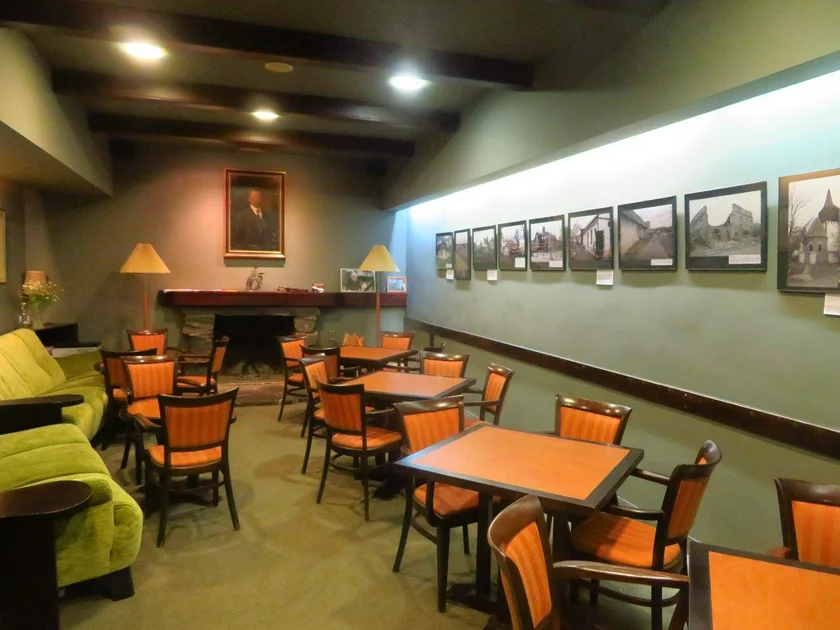
The sculpture is called Horse (Kůň), though some sources refer to it as St. Wenceslas (Svatý Václav). It is a parody of the famous statue of St. Wenceslas at the top of Old Town Square.
The building has a few more secrets. There is a private bar in the basement across from Lucerna Music Bar, just for use of the building’s owners and friends. Sometimes it is open to the public during architecture festivals, but just to look at. The bar itself is closed during these events.
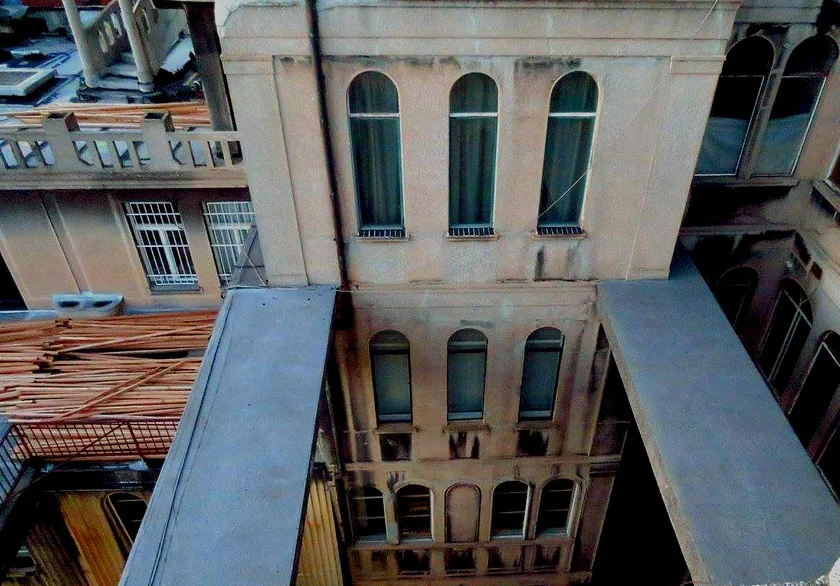
There is also an ornate Marble Hall that can be reached from usually-hidden glass door in the cinema’s cafe. It is used for receptions and similar events, often related to film festivals in the cinema. In the past, the Marble Hall has served as a venue for dance lessons.
Roof access only became possible in 2017. Fittings for a rooftop restaurant, though, were built as part of the original design and left unused. In normal circumstances, the roof is open in the evenings in the warmer months for concerts and events, and there are refreshments available.
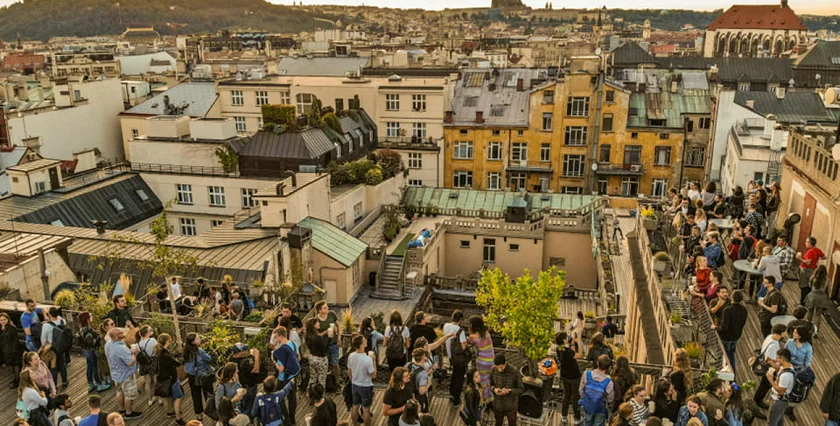
To access the roof, people have to ride in a paternoster, a type of doorless elevator that never stops. People have to jump on and jump off. This sort of elevator can no longer be made in the EU, but existing ones are allowed to operate.
The entire Palác Lucerna became state property in 1952, and like many landmarks in the communist era it was not maintained. It had fallen into poor state, requiring extensive renovation after 1990.












 Reading time: 7 minutes
Reading time: 7 minutes 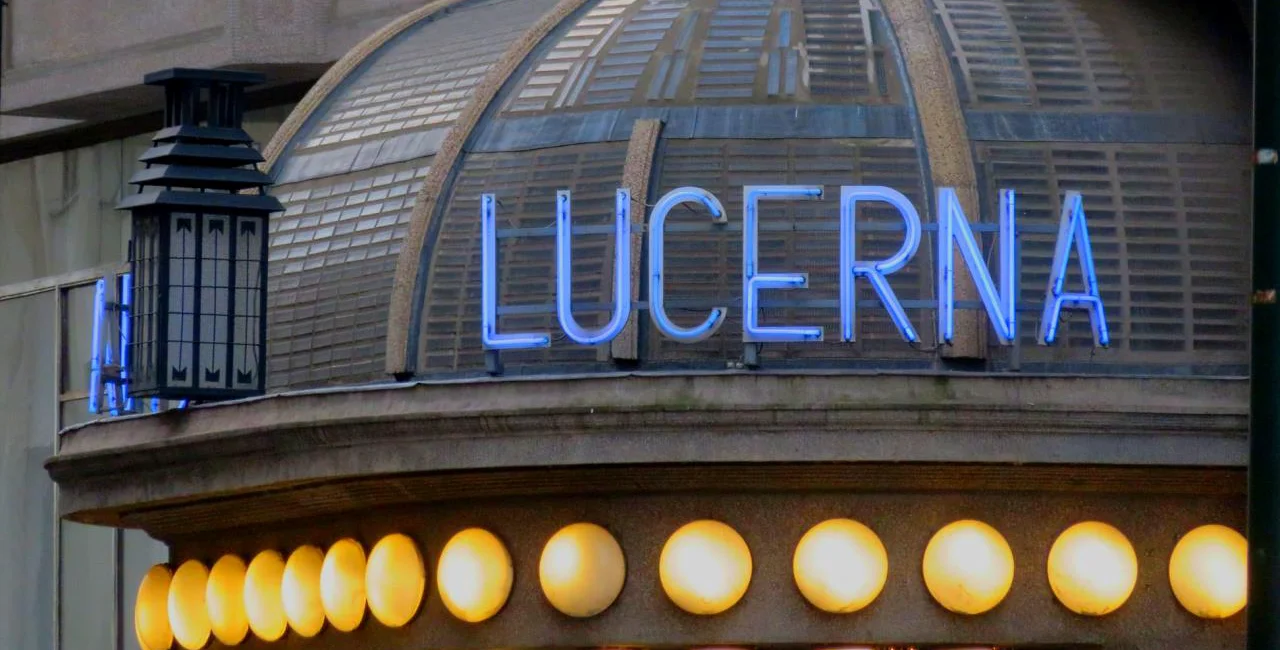


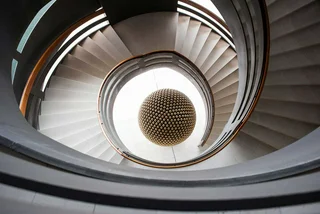

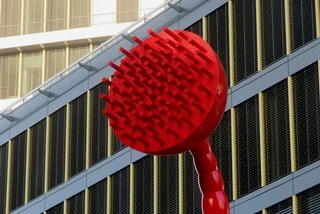
 Swedish
Swedish
 Norwegian
Norwegian
 Danish
Danish
 German
German
 Spanish
Spanish
 Finnish
Finnish
